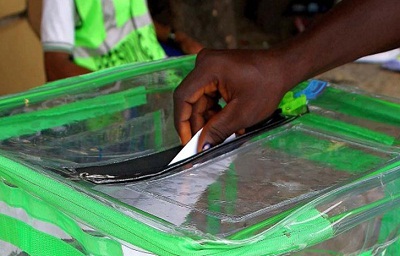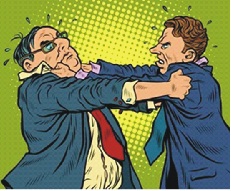Stroke (Cerebrovascular Accident)
Stroke (Cerebrovascular Accident)
By Dr. Faozat Aragbaye
|
A stroke occurs when the blood supply of blood to the brain is interrupted or reduced, depriving the brain tissue access to oxygen and nutrients, which leads to the death of brain cells
Types of stroke
- Ischemic stroke: this is the most common type of stroke. A blood clot deprives the brain from getting blood and oxygen supply,
- Haemorrhagic stroke: this occurs when a weakened blood vessel ruptures and normally occurs as a result of aneurysms or arteriovenous malfunctions.
- Transient ischaemic attacks (TIAs): these occur after blood flow fails to reach part of the brain . Normal blood flow resumes after a short amount of time and symptoms disappear.
Causes
Thrombotic stroke: this is the blockage of an artery in the brain which leads to deprivation of the brain cells of blood and oxygen. As a result of the deprivation, cells of that part of the brain die and part of the body being controlled by the dead cells stop working.
Risk factors
These include:
- high blood pressure (hypertension),
- high cholesterol,
- diabetes
- smoking
- Increasing age.
- Heart conditions like atrial fibrillation and heart valve
- Overweight
- Inactive lifestyle
- Personal or family history of stroke.
Embolic stroke: this is the blockage of an artery in the brain by a blood clot or a piece of atherosclerotic plague breaks loose, travels through the bloodstream, and lodges in an artery in the brain.
Cerebral haemorrhage: A cerebral haemorrhage occurs when a blood vessel in the brain ruptures and bleeds into the surrounding brain tissue. Blood flow is lost to some cells.
Subarachnoid haemorrhage: in subarachnoid haemorrhage, blood accumulates the space beneath the arachnoid membrane that lines the brain. The blood originates from an abnormal blood vessel that leaks or rupture.
Vasculitis: this is a rare cause of stroke. This occurs when the blood vessels become inflamed causing decreased blood flow to the part of brain.
Migraine headache: There appears to be a very slight increased occurrence of stroke in people with migraine. Some migraine headache episodes can even mimic stroke with loss of function of one side of body etc.
Signs and symptoms
Symptoms of stroke depend upon what area of the is affected due to loss of blood supply. Often, the patient may present with multiple symptoms including the following:
- Confusion
- Paralysis of half or part of the body
- Numbness of one half or part of the body
- Partial vision loss
- Double vision
- Difficulty speaking or understanding speech
- Difficulty with balance and vertigo
- Bladder or bowel control problems.
- Depression
The symptoms of ischemic and hemorrhagic stroke may be same, but patients with haemorrhagic stroke may also complain of headache and vomiting.
Diagnosis
- Clinical diagnosis
- CT scan
- MRI
- EKG
- Blood tests – complete blood count, Red blood cell count, platelets,
Treatment
A stroke is a medical emergency, but prompt intervention can restore blood supply to the brain if stroke patients receive medical care early enough. As ischemic and haemorrhagic strokes have different causes. Both require different forms of treatment.
Prevention
The best way to prevent stroke is to address the underlying causes. This is best achieved through lifestyle changes, including:
- Eating healthy diet
- Maintaining a healthy weight.
- Regular exercise.
- Avoid alcohol or drink moderately.
- Stop smoking.










